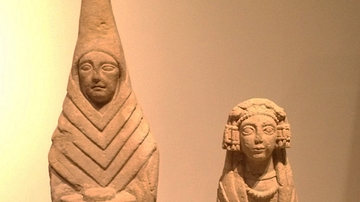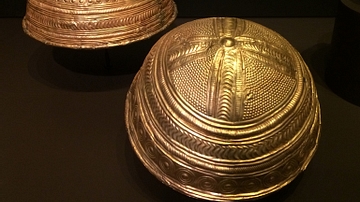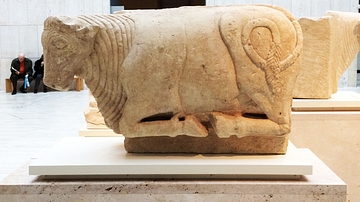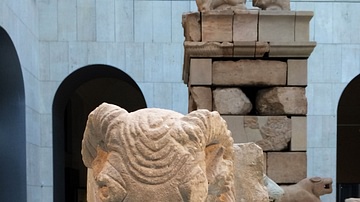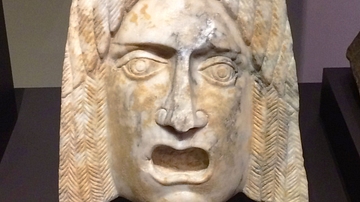Illustration
This Hispano-Roman mosaic adorned the antechamber to a reception room at the Villa de Soto de Ramalete, which was a country villa in Tudela (Navarre), Spain. It is made of limestone and dates from the 4th century CE. The plant motifs, intertwined garlands, branches with flowers and fruits, and the dolphin symbolize the abundance and fertility of nature, a source of wealth and well-being. (Museo Arqueológico Nacional, Madrid)
Cite This Work
APA Style
Wiener, J. B. (2017, November 02). Hispano-Roman Plant Mosaic. World History Encyclopedia. Retrieved from https://www.worldhistory.org/image/7532/hispano-roman-plant-mosaic/
Chicago Style
Wiener, James Blake. "Hispano-Roman Plant Mosaic." World History Encyclopedia. Last modified November 02, 2017. https://www.worldhistory.org/image/7532/hispano-roman-plant-mosaic/.
MLA Style
Wiener, James Blake. "Hispano-Roman Plant Mosaic." World History Encyclopedia. World History Encyclopedia, 02 Nov 2017. Web. 23 Apr 2024.


